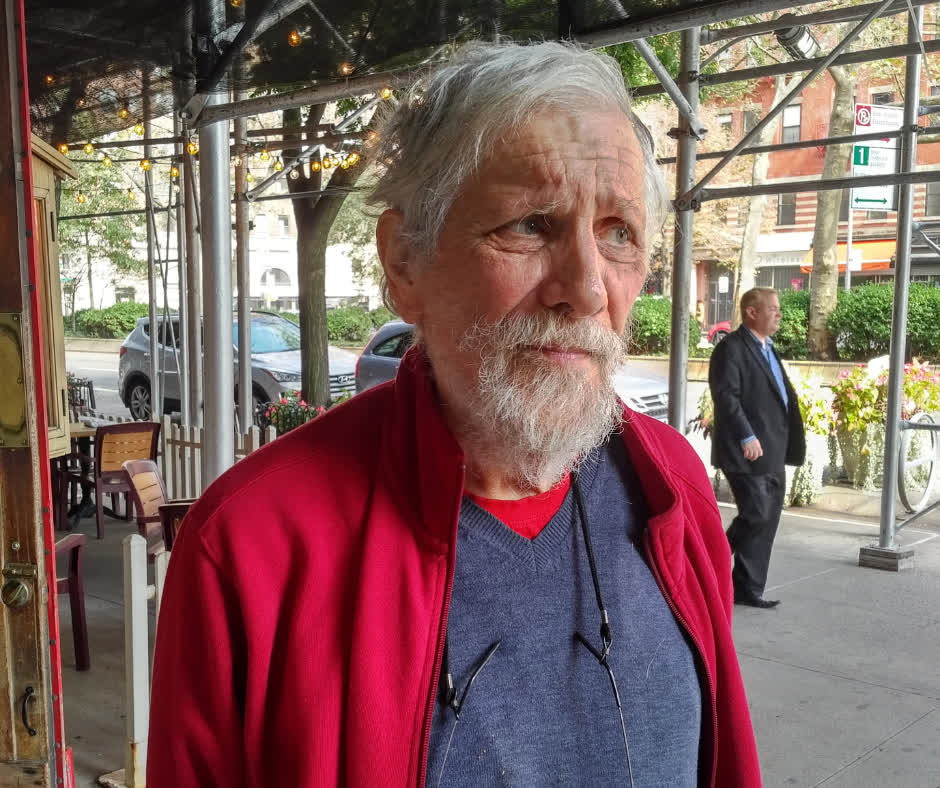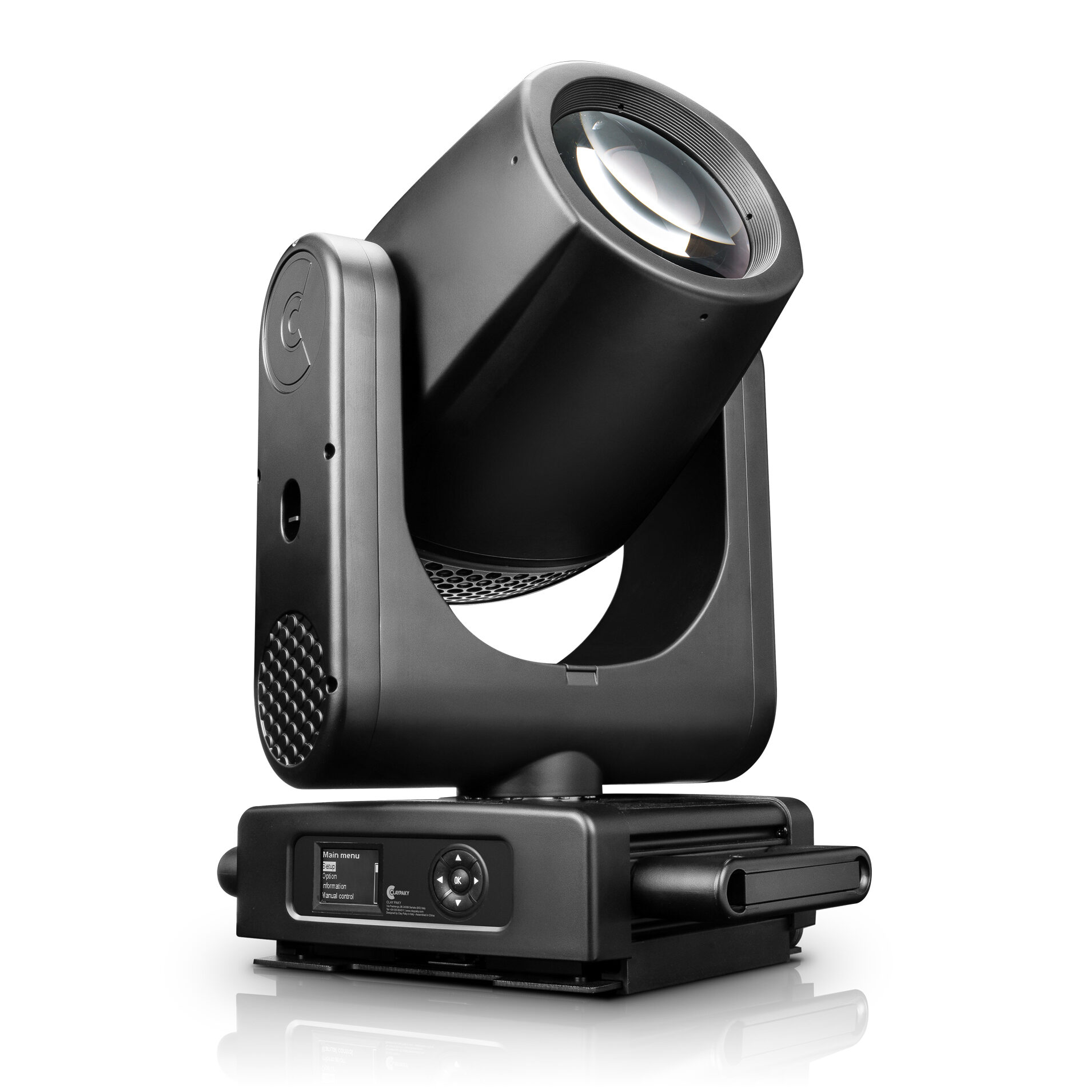“When I received the initial set design in April 2011, I looked it over and immediately knew that we would have a few challenges with how the set was laid out,” said Colina. “I called the set designer (Jorge Dominquez) to see how we could accommodate lighting fixtures into some of the more difficult spaces in the set, but I was mostly concerned about the air space above the set.
“The design called for steel beams hanging straight forward towards the audience. They were designed to be ceiling pieces and, in the past, I have known these types of structures to cause a big challenge to the lighting. Not only did we have the beams to deal with, there were also arches in the air that would run parallel to the set, plus LED Panels that would hang from the arches. With all these pieces hanging in the air, the space was becoming quite full and finding lighting angles would prove very difficult.”
In response to Colina’s concerns, Dominquez removed some of the arches, but since the set design had been approved, most of them needed to be left hanging, along with LED panels.
With so many obstacles in the air, Colina had his work cut out for him, but he used a 3D program to design his lighting plots and that helped him manage the challenges. “With the set design dropped into the program, I can see if I need to adjust my placements,” Colina said. “If I know what a light can do, I can visualize the beams path and immediately see any obstacles,” he added.
“The actual design of this plot took about one week, and then I sent the renderings over to the set designer and art director (Anthony Bishop) so that they could see the direction the lighting would go.”
With the lighting plot complete, the production meetings continued to discuss the needs for each musical performance, with an eye toward create several unique looks to keep the production fresh and exciting.
“This year we had about 20 musicals, 12 of which had specific scenery that had to be lit,” Colina noted. “In addition to the band scenery, they usually had about 10-20 dancers, and three or four people singing at the same time, so it made it a bit chaotic and hard to light such a expansive part of the set.
“With the help of my lighting director (John Daniels), we really had to manage the lighting well and make sure we could cover whatever was happening onstage,” Colina added. “I also needed the looks to be as creative as possible. So not only were we dealing with flying obstacles, we also had a few performance challenges as well. In order to make sure we got the most out of our lighting rig, I had to have the right fixture for each job and that’s why I went with Vari*Lite luminaires.”
Colina credited Atomic Lighting for “fantastic gear” and customer support. “They seem to always go above and beyond to make sure that the event is a success. Plus, I love working with Vari*Lite luminaires,” he added. “They are workhorses whose output seems to continue to get better and better, they rarely break down, and they have the perfect tool for any application.”
After receiving the luminaires and loading in to the arena, Colina and his team found one more lighting challenge, but with the Vari*Lite luminaires hanging in the rig, they quickly found an answer.
“I usually don’t have to change many lighting locations once we are onsite. With every show things do have to shift here and there, but this year when they hung the arches and steel beams, we found that some of the steel safety cables were going to be an issue. There were a few cases where the cables were going right through the path of the light, so we had to move locations and trim the trusses to get around it all, but with the Vari*Lite fixtures in the air we could quickly re-shutter and adjust as needed with relatively no problems at all.”
After tackling the biggest lighting challenges, Colina and the show’s programmer, Felix Peralta, moved into the programming phase of the show, with four days available before the initial rehearsal to work with timecode for the various musical acts.
Colina credited the Vari*Lite VL3000 and VL3500 Spots and fixtures their flexibility, color, “great punch,” gobos and shutters “to get around all the set pieces.
“Next, we used the VL1000 TS luminaires on the VIP section of the audience that was approximately 23 by 30 feet,” Peralta continued. “These lights are great for key lighting because they have the ideal color temperature for TV and crisp shuttering capabilities.
“Finally, I used the VL3500 Wash FX luminaires, which I had never used before,” and was impressed with the size of the front aperture.
“These were not part of my original lighting plot, but I received them as demo fixtures from Jaime Freidstadt at Philips Vari-Lite. I put all six lights on road cases out in the audience and shot their big, powerful beams into the air then used the effects wheel to make them look even more amazing. I love these lights.”
Premios Juventud aired live on July 21.
For more information, please visit www.vari-lite.com.



